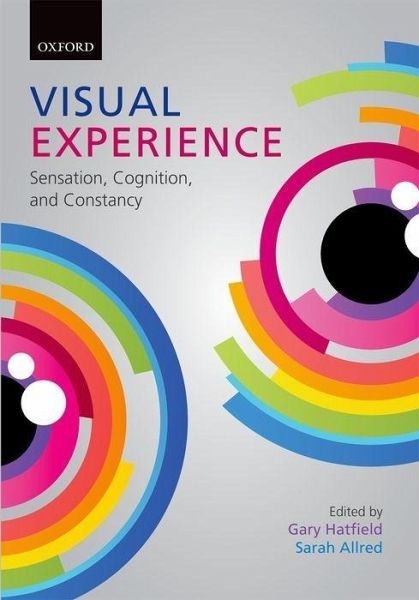Nicht lieferbar

Visual Experience: Sensation, Cognition, and Constancy
Versandkostenfrei!
Nicht lieferbar
Many of us have been fascinated by visual illusions at some point, and have asked ourselves why something can look like one thing when it is fact something else. How can we perceive two different things, when the light coming into our eyes stays constant? This book brings together psychologists and philosophers to explore this aspect of vision.



